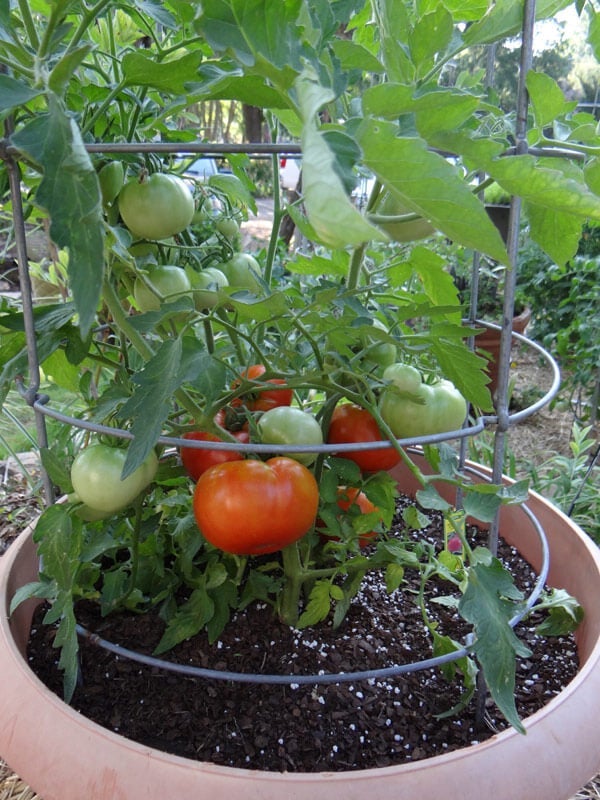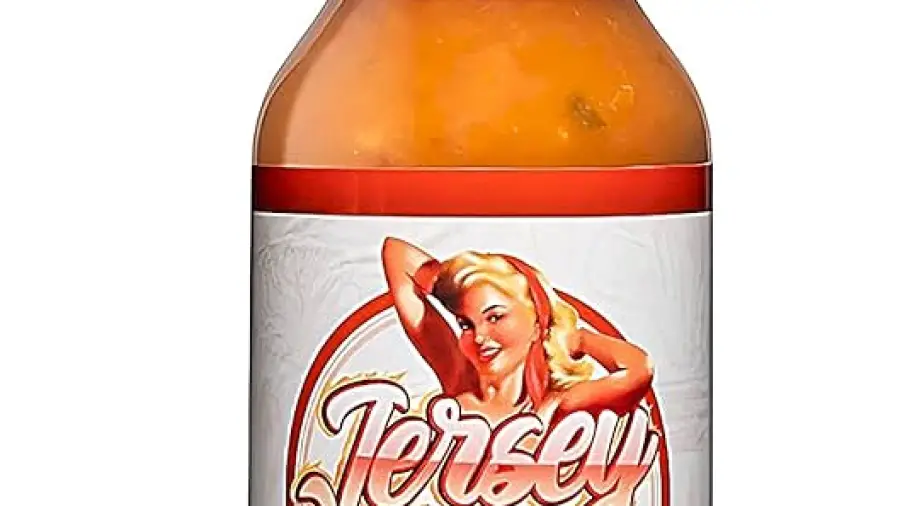Urban gardening in hot climates requires plants tolerant to high temperatures and strategic watering techniques. Effective soil preparation and shade solutions are also critical in these environments.
Exploring urban gardening within hot climates presents a specific set of challenges and opportunities for green enthusiasts. Whether your green space graces a sprawling rooftop or a cozy balcony, there’s a myriad of ways to cultivate a lush oasis despite the sweltering heat.
Urban Gardening for Hot Climates: Urban dwellers keen on nurturing a slice of nature must consider plant selection carefully, opting for heat-loving varieties and implementing water-conservation practices to ensure survival and growth. Soil enrichment and the management of direct sunlight through shading can also greatly improve the resilience of an urban garden in hotter regions. By integrating these considerations, residents of bustling cities can transform even the sunniest spots into verdant, productive spaces.
Table of Contents

Credit: www.exploreasheville.com
Sizzling Starts: Choosing The Right Location
Finding the perfect spot for urban gardening requires understanding shading and sunlight. Plants need sunlight to thrive, but too much can overwhelm them. Aim for a location that offers morning sunshine and afternoon shade. This balance keeps plants happy during the intense heat.
Don’t overlook the importance of air circulation. A space with good airflow prevents diseases and cools plants. Consider arranging your garden where the breeze can pass through freely. Or, make small changes like adding plant stands or using trellises to boost airflow.
Heat-resilient Plant Selection
Heat-tolerant vegetables make urban gardening in hot climates a joy. For example, sweet potatoes thrive as they bask in the heat. Their vibrant foliage and nutritious tubers love long sunny days. Another excellent choice is peppers, ranging from sweet bells to fiery chilies. They adore the sun and bring color and flavor to any garden dish.
For those who appreciate a crunchy snack, crisp okra can withstand high temperatures, adding texture to meals. Eggplants are perfect for gardeners seeking a versatile veggie that loves to soak up the sun. As a staple in many cuisines, zucchinis and summer squash grow rapidly in warm weather, offering a bounty of produce.
| Ornamental Plants | Benefits |
|---|---|
| Lantana | Colorful and drought-resistant |
| Bougainvillea | Bright blooms with low water needs |
| Aloe Vera | Medicinal with minimal water requirements |
| Portulaca | Succulent with vivid flowers |
Smart Soil Strategies
To improve soil for heat retention and drainage, consider these tips: Add organic matter like compost or manure to enhance moisture retention.
Integrate gravel or sand if soil is too dense. This helps increase drainage. Use mulch to protect from intense sun. It acts as your garden’s sunscreen.
Regular aeration helps roots get water and air. A layer of leaves can be a natural mulch and is easy to apply.
Note that the sentences are kept short, simple, and formatted with HTML paragraph tags.
Important phrases and keywords are bolded to adhere to SEO best practices.

Credit: bonnieplants.com
Water Wisdom For Thirsty Gardens
Choosing irrigation systems is crucial for hot climates. Drip irrigation and soaker hoses are top picks. They deliver water straight to the roots. This method minimizes evaporation and saves water.
Mulch helps keep soil moist. Grouping drought-tolerant plants also conserves water. Be sure to keep gardens free of weeds. They steal water needed by your plants.
| Water-Saving Tip | Benefit |
|---|---|
| Drip Irrigation | Reduces Evaporation |
| Mulching | Keeps Soil Moist |
| Plant Grouping | Efficient Water Use |
| Weed Free | More Water for Plants |
Container Gardening In The Concrete Jungle
Container gardening thrives in urban heat with the right choices. Select reflective materials such as metal or light-colored plastics. These options reflect sunlight, keeping soil cool. Pick containers with insulated walls to protect roots from temperature extremes.
Movable edible plants offer flexibility. Use casters on heavier pots to shift plants as needed. During peak heat, move your greens to shaded areas, extending their life and productivity.

Credit: www.amazon.com
Urban Microclimates: Making Use Of Hot Spots
Urban heat islands are warm city areas where plants can thrive despite the hot climate. Plants that love the sun are perfect for these spots. Look for places with lots of daytime warmth and use them for gardening. Areas like sun-bathed patios or bare walls that reflect heat are ideal.
For cooler areas, consider making windbreaks by planting tall shrubs or using vertical structures. These break the wind and create microclimates that are cooler. Cool zones can also be made with shaded areas and water features which help keep the temperature down for more sensitive plants.
Greenhouse Choices For Scorching Climates
Semi-closed greenhouses are ideal for hot climates, offering key advantages to gardeners. These structures allow for precise control of the internal environment. Plants thrive with balanced humidity and temperatures maintained inside. This setup supports year-round growth, irrespective of the harsh outdoor conditions.
Ventilation and cooling systems are integral to their efficiency. They foster a steady flow of air, which regulates climate inside the greenhouse. This reduces heat stress on plants, promoting healthier growth and better yields. Additionally, these systems help in managing pests and diseases, creating a safer habitat for plants.
Garden Maintenance In The Heat
Recognizing and Preventing Heat Stress involves attention to plant signals. Plants in distress often show wilted, yellowed, or brown leaves. To combat this, provide shade during the hottest part of the day and water plants early morning or late evening. Maintaining adequate moisture without waterlogging is key. Use mulch to retain soil moisture and cool roots.
Focusing on Weed Control to Minimize Competition ensures plants receive all nutrients without stress. Remove weeds regularly to prevent them from taking water and nutrients. This practice supports a healthy garden even in high temperatures. For best results, consider drought-resistant plants.
Cultivating Community And Support
Community gardens connect people. They share seeds, tools, and advice. This makes urban gardening easier.
Growing together creates strong friendships. People help each other with their gardens.
| Resource | Description |
|---|---|
| Seed Libraries | Places to find and share seeds. |
| Tool Banks | Borrow garden tools. |
| Gardening Workshops | Learn new skills together. |
Adapting To Climate Change
Urban gardens can thrive in hot climates with the right approaches. Shade cloths protect plants from intense sun. Drip irrigation saves water and keeps roots moist. Choose heat-tolerant plant varieties for best results. Compost and mulch help retain soil moisture and coolness.
Consider raised beds to improve drainage and vertical gardening to save space. Smart plant grouping creates microclimates that benefit all. A greenhouse with proper ventilation can extend the growing season. Use reflective surfaces to decrease heat near the garden.
Stay aware of new sustainable technologies. They can protect gardens from climate extremes. Examples include soil moisture sensors and automated shade systems. These innovations make gardening in hot climates more manageable and fruitful.
Frequently Asked Questions Of Urban Gardening For Hot Climates
What Grows In 100 Degree Heat?
Certain vegetables thrive in 100-degree heat, including okra, sweet potatoes, peppers, sunflowers, Swiss chard, zucchini, summer squash, green beans, and eggplants.
How Do You Garden In Extreme Heat?
Gardening in extreme heat requires selecting heat-tolerant plants and grouping them to reduce water needs. Install efficient irrigation like drip systems to minimize water loss. Regularly remove weeds to prevent competition for resources. Enrich the soil with organic matter to improve moisture retention.
Can Plants Survive 110 Degree Weather?
Yes, certain plants can survive 110 degree weather, especially those adapted to hot, arid climates.
What Is The Best Type Of Greenhouse For Hot Climates?
The best greenhouse for hot climates is a shade cloth-covered or ventilated polycarbonate structure.
Conclusion
Embracing urban gardening in hot climates opens up a world of fresh produce and greenery. Careful plant selection and innovative cooling techniques lead to lush gardens year-round. Remember to prioritize water conservation and select heat-resistant varieties. By implementing these strategies, your metropolitan oasis will not only survive but thrive under the sizzling sun.
To all aspiring urban gardeners in sweltering cities: let your green thumb shine!
